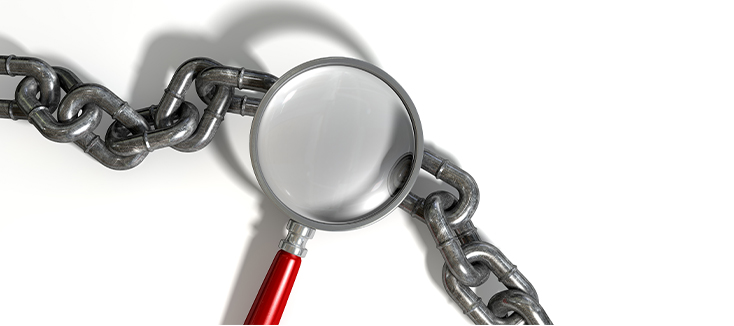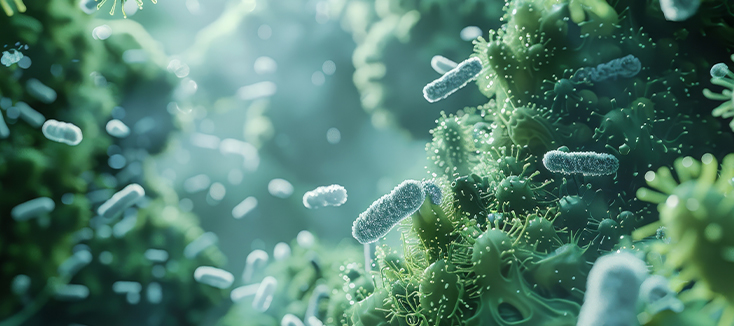Overview
As the leading developer, manufacturer, and marketer of medical devices designed to provide high-level disinfection of ultrasound probes, CS Medical continues to innovate through superior technologies and products. We are committed to providing the best possible solutions for infection prevention that support healthcare professionals worldwide.
CS Medical goes beyond cleaning and high-level disinfection of endocavity, surface and TEE probes, CS Medical believes in managing the quality of care given to delicate ultrasound probes. Our TEE Complete Care® and Complete Probe Reprocessing® offering provides solutions for the healthcare facility to minimize endocavity, surface and TEE ultrasound probe damage and reduce the potential of contaminating cleaned and high-level disinfected probes prior to use. These products address the following areas: bedside cleaning, point of care cleaning, cleaning and high-level disinfection, low-level disinfection, electrical leakage testing, drying, transporting and storing the endocavity, surface and TEE ultrasound probe. Our objective is to manage the care given to each endocavity, surface and TEE probe thus allowing for a reduction in healthcare associated infections.
Disinfectants - FAQS
A: Both are aldehydes; Glutaraldehyde (TD-5) and OPA (Ortho-phthalaldehyde) (TD-8). They both have the same IFU for use in the TD 100. Both provide 5-minute high-level disinfection per probe.
A: Either chemical will have the correct MRC to complete high-level disinfection of a TEE/TOE probe for 12 months from the date of manufacturing.
A: This depends on multiple factors. Does your hospital have a method for handling untreated waste before entering into the municipal water supply? What are the requirements or regulations by your municipal water supply in relation to untreated waste? Typically, all waste that is sent to a municipal water supply must be treated due to the potential harm it can cause the overall water system.
A: High-level disinfection is a process capable of killing vegetative bacteria, mycobacteria (including Mycobacterium tuberculosis), fungi, and lipid and non-lipid viruses. HLD may kill some (but not necessarily high numbers of) bacterial spores. It is critical for medical devices to be thoroughly cleaned prior to high-level disinfection.
A: The minimum concentration of a liquid chemical disinfectant that achieves the claimed microbial activity.


